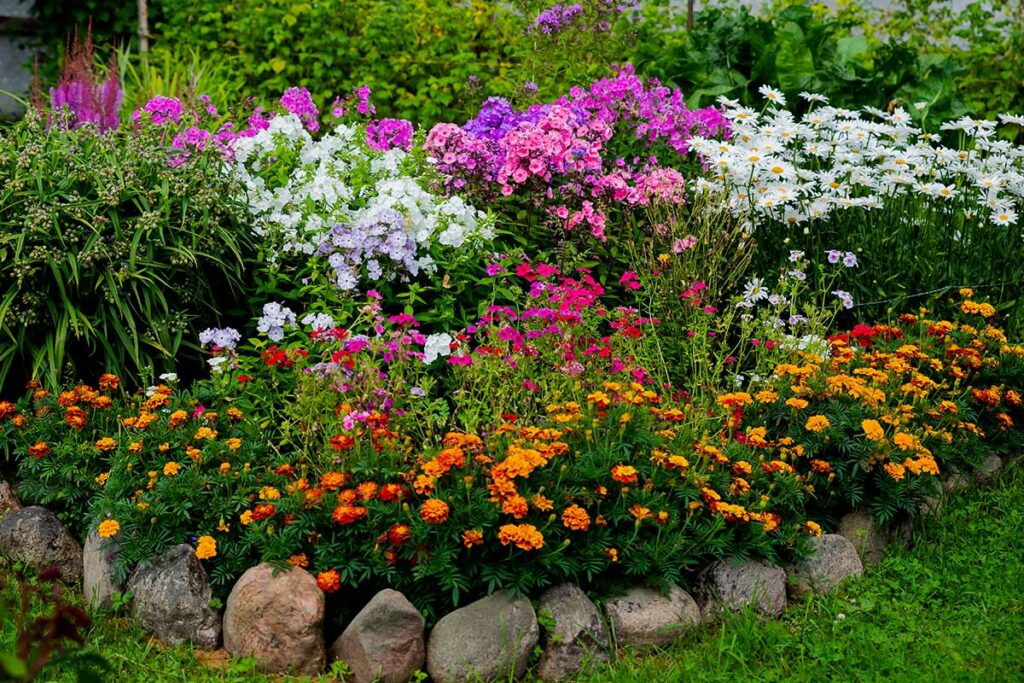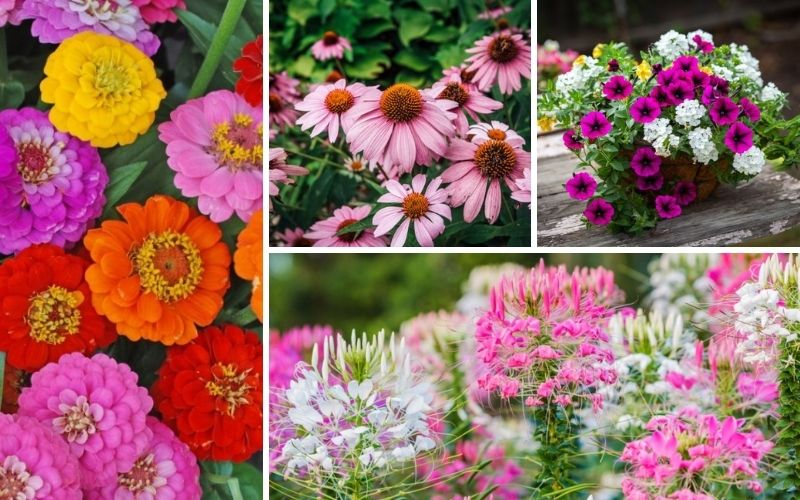The fleece you use in your garden is like the fleece used for jackets and blankets. Its purpose is similar, as well. Garden fleece is designed to help keep your plants warm.
You may hear this product is called garden fleece or horticultural fleece, and it is, essentially, a blanket for your plants. It is lightweight, easy to use, and protects against frost, cold, pests, and other adverse weather conditions.

Garden Fleece Defined
As mentioned above, garden fleece is the material used to cover plants. It is very similar to the plastic sheeting used for other plant-related purposes; however, there are some differences.
For example, the uses of plastic sheets are limited. That’s because this material is often heavy and hard to manipulate. Also, plastic may cause overheating during the day and fail to provide adequate insulation at night.
Opting for garden fleece instead of plastic is popular with many gardeners. Since it is a synthetic material made of polypropylene or polyester, it is more like a fabric than plastic and very similar to fleece clothing. The main difference here is that it is lighter and thinner.
High-quality garden fleece is warm, soft, and lightweight.
Top Uses For Garden Fleece
Some of the main reasons you may use garden fleece include:
- Preserve moisture
- Protection from garden pests, rabbits, and birds
- Warm soil up faster in the spring
- Protection from hail and wind
- Extend your growing season
- Frost protection
- Increased crops
- More even and faster seed germination
Along with using garden fleece in the beds in your yard, you can also use it in your containers that are on balconies or patios and even in your greenhouse.
One of the best parts about garden fleece is how lightweight it is. Because of this, it is easy to use and cut into any shape you need. Remember, since it is so light, you will need to properly anchor the material to ensure it is not blown away in the wind or rain.

Now that you know some of the uses of garden fleece, we can discuss the specific ways it may help your plants and garden.
Grow Vegetables with Ease
Using crop protection, like garden fleece, means you will have a higher success rate when it comes to growing certain veggies, such as carrots. Usually, carrot seeds germinate slowly, and they remain small for a while. Without cover, blackbirds looking for worms will spread and scatter your seeds. With garden fleece in place, you can prevent this from happening. The fleece will also ensure carrot flies don’t get to the plant.

Another crop that benefits from the use of garden fleece is potatoes. These are usually planted around mid-March, and you may cover them with mulch. For an additional layer of protection, add garden fleece, which will help your potatoes to sprout sooner and protect them from any late frosts.
Your foliage will remain healthier beneath the fleece, and chances are your crop yields will be higher. The key is to make sure the fleece material isn’t too tight after the foliage grows.
Buying and Using Garden Fleece
When you begin shopping for garden fleece, you will likely notice there are different qualities of materials. Lighter options will only last for about one season outdoors. If you plan to use these lower-quality options in your greenhouse, they are adequate.
However, for outdoor use, where you will expose the fleece to the elements, it is best to choose better qualities of fleece that will last for a few seasons. Also, find a product that resists tearing and that is UV stabilized.
You can use sandbags, bricks, or stones to keep the fabric in place. Just remember to start loosening the fleece once your plants begin to grow.
Using Garden Fleece: Your Guide To Superior Protection
If you want an effective way to protect your plants and garden from pests and adverse weather, garden fleece may be the perfect solution. With the information here, you know what it is and how to use it to its full benefit. Keep this in mind to ensure that your garden is fully protected and that it flourishes throughout the year.














